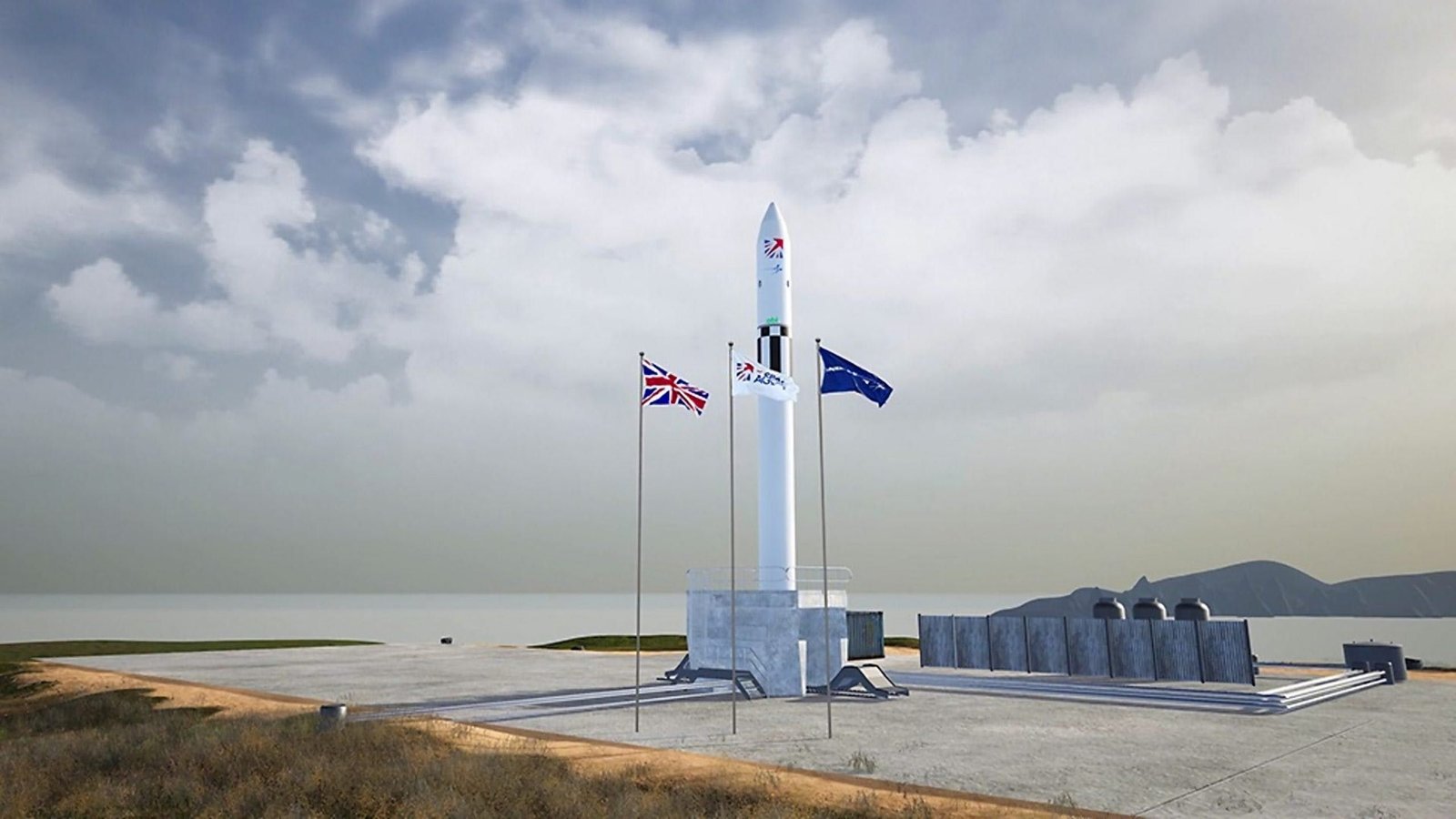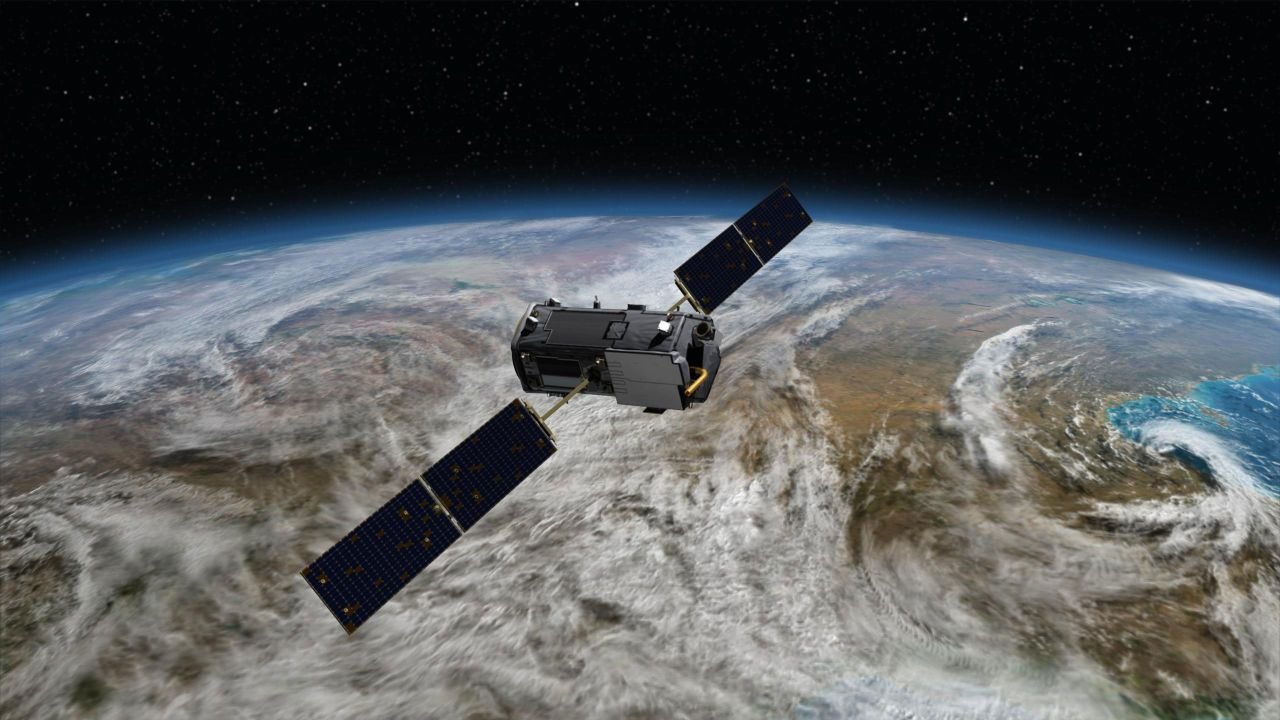Promising to be a good neighbor
SpaceX's Starship rocket launches from Starbase during its second test flight in Boca Chica, Texas, on November 18, 2023.Photograph: TIMOTHY A. CLARY/Getty Images By Jeff Foust, Published by The Space Review, 13 October 2025 On Monday night, Starship lifted off from Starbase, Texas, on its 11th test flight. Like the










